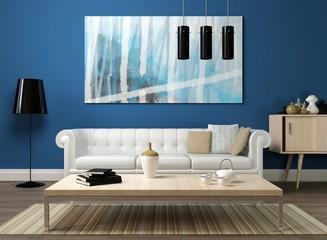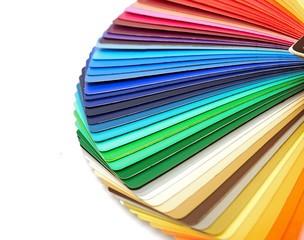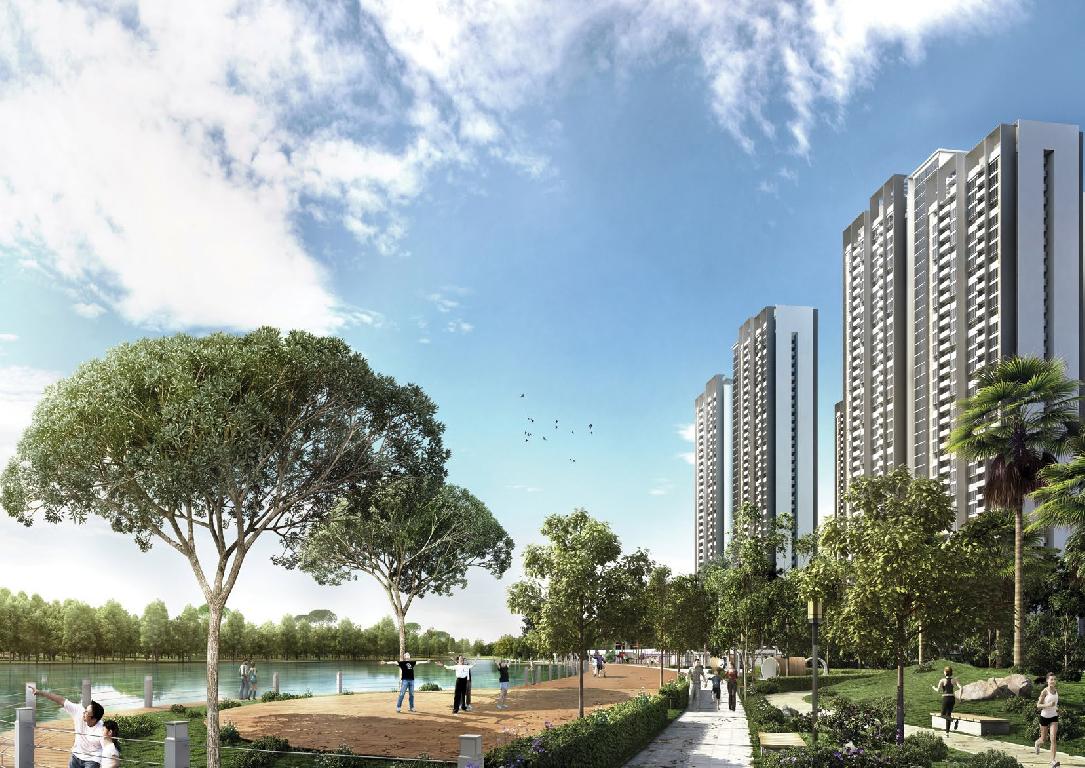Choosing the Right Colours for Your Personal Space
You may not realize it, but colours have always been an important part of our lives since ancient times. Today, colour psychology is used as effective mood enhancers in homes. Used correctly, colours are able to evoke the certain desired mood(s), be it playful, focused, relaxed or romantic. Colour psychology is also an effective tool of marketing and branding, as it is persuasive enough to influence decision-making. Read on as we share tips on how to choose the right colours for your personal space.
1. Pick a colour from the largest pattern in your space
Take cue from the main piece of furniture or decor in your space. If you have a patterned sofa, a bold-coloured rug or a piece of artwork that stands out, pick colours you like from the pattern and work from there. Alternatively, for a more neutral colour, pick from the pattern's whites and beiges, and apply similar colour schemes.
2. Decorate from light to dark, from top to bottom
Every interior space should rightfully replicate the outside world: with the natural environment generally darker on the ground, medium colours on buildings and trees, and lighter as it reaches skyward. A foolproof way to make a space look good effortlessly is by using darker colour values on the floor, medium colour values for the walls and lighter colour values on the ceiling.
3. Go monochrome!
If you're a minimalist who is a bit wary about colour-experimentation, go monochromatic by pairing neutral white walls with a bold coloured piece of furniture, such as a fiery red coffee table or kelly green kitchen cabinet. At the end of the day, monochromes never go out of style!
4. Play around with the colour wheel
Analogous colour schemes aka colours that are next to each other on the colour wheel are more casual and relaxing when paired together. However, they work best on informal and private spaces. They're best applied when choosing colours for your bedroom or living room.
5. What's your favourite colour to wear?
Pay attention to the colour of the clothes that you like wearing and colours that flatter you. Wearing a colour you like will make you feel good; the same principle applies to your living space.
6. Add black for glam
A simple way to add glam, elegance and understated character to a room is by adding a bit of black in it. While a black wall may look a little too harsh and unforgiving, you can experiment with smaller pieces, such as black upholstery or a black television cabinet.
7. Apply shades of grey
For fuss-free and risk-free colour picks, go for the ever-trendy and ever-neutral shades of grey. Different shades of grey allow other colours in the room to appear either warm or cool. Greys also complement both pastels and bright colours wonderfully. For a touch of pizzazz, try teaming up grey with some fuchsia, lime green or paprika yellow.
8. Focus on a feature wall
If you live in a small studio apartment, you can paint the rest of the walls white, to make the space look bigger, whilst adding a feature wall with your favourite colour for a pick-me-up and extra oomph!
9. Team up warm and cool hues together
If you want your bedroom to appear less ‘sleepy', try to light it up by pairing contrasting cool and warm hues together. The contrast will create enough tension to perk up an otherwise soporific space.
10. Think about the mood you want
As colours are powerful mood-enhancers, think about the mood you want to evoke in a room and pick colours that do just that. Softer and cooler colours, such as powder blue will generate a quieter feeling, while brighter colours, such as tomato red will keep you on your toes.
11. Consider your lighting
Before picking a colour, consider this: natural daylight shows the truest colour, incandescent lighting brings out warmer hued yellow tones, while fluorescent lighting casts a sharp cool blue tone. Therefore, next to a large window, a strong colour may appear a little overpowering. However, the same colour might work as an accent wall in rooms with indirect lighting.
12. Add depth with decorative finishes
Add life to flat and dull walls with subtle or dramatic visual textures or broken colours. Try burnished mineral or metallic finishes and layered coloured glazes for more depth and character. If you have more budget, you can also opt to install a 3D wallpaper, which will give a different dimension to a room.
13. Experiment with different paint finishes
If you like to be more conservative with your colour, you can still prettify a room by applying different paint finishes on different areas of your space. For instance, you can use eggshell (matte) finish paint on walls and satin/semi-gloss finish on trims. Colours will appear slightly different on each surface with different finishes.
.jpeg)










.jpeg)

